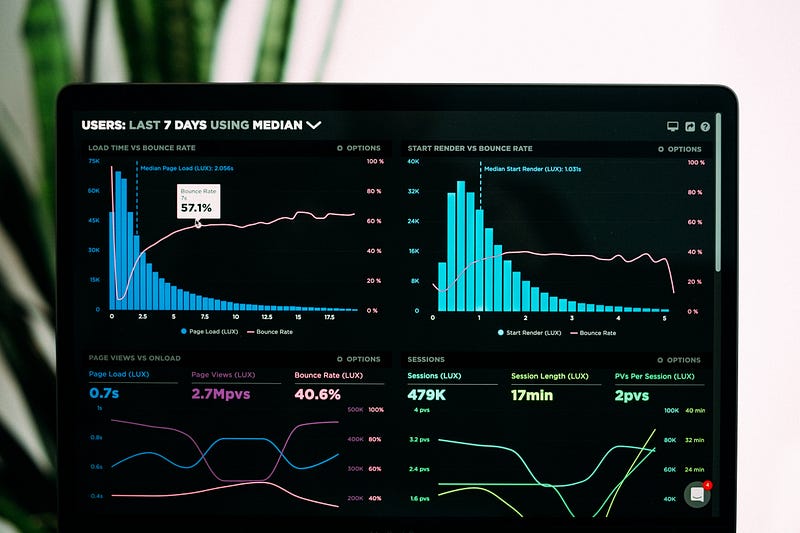ChatGPT + Python + Power BI: A Powerful Trio for Data Analysis

As a data enthusiast, I’m always on the lookout for innovative ways to streamline my data analysis workflow. Recently, I stumbled upon a powerful combination that has transformed the way I work with data: ChatGPT, Python, and Power BI.
In this article, I’ll walk you through how to integrate these three tools and leverage their capabilities to glean valuable insights from your data.
Why ChatGPT?
Before we dive into the technical details, let’s briefly discuss why ChatGPT can be a game-changer in the world of data analysis. ChatGPT, developed by OpenAI, is a state-of-the-art language model that can generate human-like text based on the input it receives. This makes it a fantastic tool for automating data-related tasks, generating reports, and even answering questions about your data.
Setting Up the Environment
To get started with our data analysis journey, you’ll need to have Python and Power BI installed on your machine. If you haven’t already, you can download and install them from their respective websites.
Once you have Python and Power BI installed, it’s time to bring ChatGPT into the mix. You can interact with ChatGPT using the OpenAI API. To do this, you’ll need to sign up for an API key from OpenAI. Once you have your API key, you can install the openai Python package:
pip install openai
Generating Text with ChatGPT
Now that our environment is set up, let’s see how we can use ChatGPT to generate text for our data analysis reports. First, import the openai package and set up your API key:
import openai
api_key = "YOUR_API_KEY"
openai.api_key = api_keyNext, you can use the openai.Completion.create() method to generate text based on a prompt. For example, if you want to create a summary of your dataset, you can use a prompt like this:
prompt = "Summarize the key insights from the dataset:"
response = openai.Completion.create(
engine="davinci",
prompt=prompt,
max_tokens=150,
n=1,
stop=None,
)The response object will contain the generated text, which you can then include in your Power BI reports or other data analysis documents.
Integrating with Power BI
Now that we have our data insights generated by ChatGPT, let’s see how we can integrate them into Power BI. Power BI is a powerful data visualization tool that can help you create interactive reports and dashboards.
You can create a custom text box in Power BI and use DAX (Data Analysis Expressions) to display the ChatGPT-generated text. Here’s an example of how you can do this:
ChatGPTText = "YOUR_GENERATED_TEXT_HERE"You can then use the ChatGPTText measure in your Power BI visuals to display the generated insights.
Conclusion
By combining ChatGPT, Python, and Power BI, you can supercharge your data analysis efforts. ChatGPT can help you automate text generation tasks, while Power BI allows you to create visually appealing reports and dashboards.
I hope you found this article insightful and that it opens up new possibilities for your data analysis projects. If you have any questions or want to share your experiences with this trio of tools, feel free to leave a comment below.
What did you think of my post today? 👏 Insightful? 👤 Provided solid programming tips? 💬 Left you scratching your head?
💰 FREE E-BOOK 💰: Download Here
👉 BREAK INTO TECH + GET HIRED: Learn More
If you enjoyed this post and want more like it, Follow me! 👤
